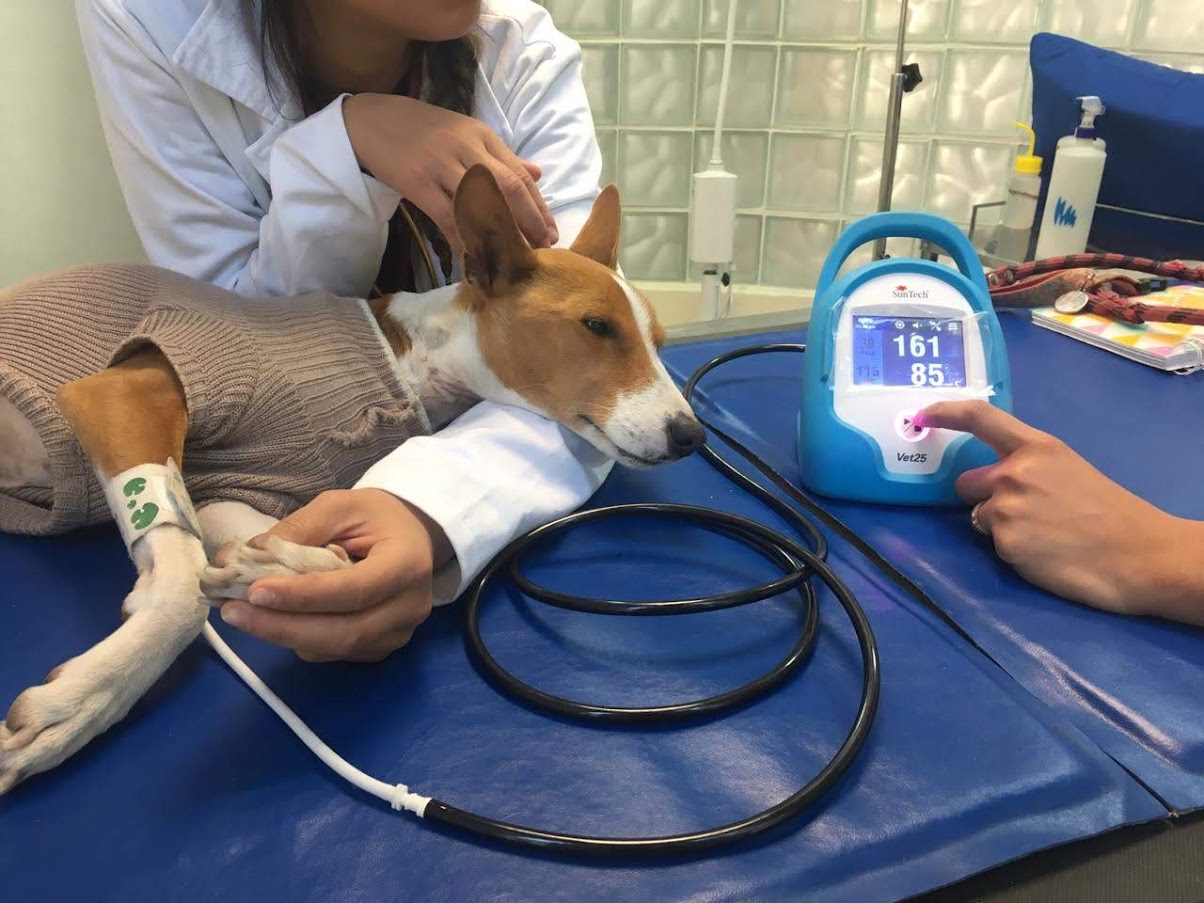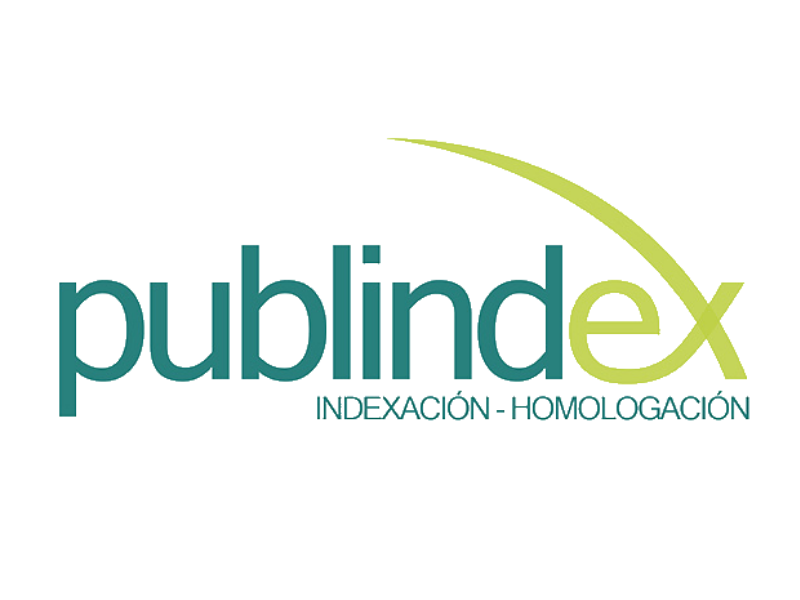Correlación de biomarcadores de función renal en el primer acercamiento diagnóstico de la enfermedad renal crónica en perros
Correlation of renal function biomarkers in the first diagnostic approach for chronic kidney disease in dogs

Esta obra está bajo una licencia internacional Creative Commons Atribución-NoComercial-CompartirIgual 4.0.
Mostrar biografía de los autores
Objetivo. Determinar la correlación de los biomarcadores de funcionamiento renal en la primera evaluación en perros con diferentes factores de riesgo identificados para desarrollar enfermedad renal crónica (ERC). Materiales y métodos. Se realizó un estudio descriptivo, prospectivo de casos y controles de 388 animales, divididos en cinco grupos: grupo control (GC), y cuatro grupos de perros potencialmente enfermos renales (pERC). Se analizaron historia clínica, examen físico, condición corporal (CC), hemograma, perfil bioquímico con dimetilaginina simétrica (SDMA), urianálisis, ratio proteinuria/creatininuria (UPC) y medición de presión arterial sistémica. Se utilizó estadística no paramétrica y los datos fueron expresados en medianas y percentiles; para la CC se utilizó Xi2. Para los biomarcadores se realizó correlación de Spearman. Resultados. Para SDMA y la creatinina sérica (CrS) se observó una correlación moderada para pERC (r = 0.69, p ˂ 0.001). Se observaron diferencias significativas en las variables edad (p = 0.002), y CC (p ˂ 0.001) entre el GC y los pERC. Los animales azotemia leve (CrS 125-250 mmol/L) y/o con un valor de SDMA de 18-35 mg/dL, con o sin proteinuria tuvieron una mayor probabilidad de presentar un incremento de SDMA cuando se presentó una CC por debajo de 5/9 (OR = 3.55, p = 0.005). Conclusiones. El SDMA es un biomarcador complementario útil en etapas preazotémicas y en estadios avanzados donde existen caquexia y sarcopenia. Los biomarcadores deben evaluarse en conjunto para tener perspectiva completa de la función renal en los animales con factores de riesgo para desarrollar ERC.
Visitas del artículo 1099 | Visitas PDF
Descargas
- Acierno MJ, Brown S, Coleman AE, Jepson RE, Papich M, Stepien RL, Syme HM. ACVIM consensus statement: Guidelines for the identification, evaluation, and management of systemic hypertension in dogs and cats. J Vet Intern Med. 2018; 32(6):1803–1822. https://doi.org/10.1111/jvim.15331
- Bartges J. Chronic kidney disease in dogs and cats. Vet Clin Small Anim. 2012; 42:669–692. http://dx.doi.org/10.1016/j.cvsm.2012.04.008
- Roura X. Risk factors in dogs and cats for development of chronic kidney disease. International Renal Interest Society (IRIS): España; 2019. http://www.iris-kidney.com/education/risk_factors.html
- Perini-Perera S, Del-Ángel-Caraza J,Pérez-Sánchez AP, Quijano-Hernández IA and Recillas-Morales S. Evaluation of Chronic Kidney Disease Progression in Dogs With Therapeutic Management of Risk Factors. Front Vet Sci. 2021; 8:621084. https://doi.org/10.3389/fvets.2021.621084
- Braun JP, Lefebvre HP, Watson ADJ. Creatinine in the Dog: A Review. Vet Clin Pathol. 2003; 32(4):163-179. https://doi.org/10.1111/j.1939-165X.2003.tb00332.x
- Hokamp JA, Cianciolo RE, Boggess M, Lees GE, Benali SL, Kovarsky M, Nabity MB. Correlation of urine and serum biomarkers with renal damage and survival in dogs with naturally occurring proteinuric chronic kidney disease. J Vet Intern Med. 2016; 30(2):591-601. https://doi.org/10.1111/jvim.13832
- IRIS. IRIS Staging of CKD (modified 2019). International Renal Interest Society: España; 2019. http://www.iris-kidney.com/pdf/IRIS_Staging_of_CKD_modified_2019.pdf
- Kielstein JT, Salpeter SR, Bode-Boeger SM, Cooke JP, Fliser D. Symmetric dimethylarginine (SDMA) as endogenous marker of renal function—a meta-analysis. Nephrol Dial Transplant. 2006; 21(9):2446–2451.https://doi.org/10.1093/ndt/gfl292
- McKenna M, Pelligand L, Elliott J, Cotter D, Jepson R. Relationship between serum iohexol clearance, serum SDMA concentration, and serum creatinina concentration in non-azotemic dogs. J Vet Intern Med. 2020; 34(1):186-194. https://doi.org/10.1111/jvim.15659
- Vaden D, Elliott J. Management of Proteinuria in dogs and cats with chronic kidney disease. Vet Clin Small Anim. 2016; 46:1115–1130. https://doi.org/10.1016/j.cvsm.2016.06.009
- Santarossa A, Parr JM, Verbrugghe A. The importance of assessing body composition of dogs and cats methods available for use in clinical practice. J Am vet Med Assoc. 2017; 251(5):521-529. https://doi.org/10.2460/javma.251.5.521
- Mukaka MM. A guide to appropriate use of correlation coefficient in medical research. Malawi Med J. 2012; 24(3):69-71. https://www.ncbi.nlm.nih.gov/pmc/articles/PMC3576830/pdf/MMJ2403-0069.pdf
- O’Neill DG, Elliott J, Church DB, McGreevy PD, Thomson PC, Brodbelt DC. Chronic kidney disease in dogs in UK veterinary practices: prevalence, risk Factors, and survival. J Vet Intern Med. 2013; 27(4):814-821. http://doi.org/10.1111/jvim.12090
- Pelander L, Ljungvall I, Egenvall A, Syme H, Elliott J, Häggström J. Incidence of and mortality from kidney disease in over 600,000 insured Swedish dogs. Vet Rec. 2015; 176(25):656. http://doi.org/10.1136/vr.103059
- Rudinsky AJ, Harjes LM, Byron J, Chew DJ, Toribio RE, Langston C, Parker VL. Factors aule AD. Structural and functional changes with the aging kidney. Adv Chronic Kidney Dis. 2016; 23(1):19-28. http://doi.org/10.1053/j.ackd.2015.08.004
- Denic A, Glassock RJ, Rule AD. Structural and functional changes with the aging kidney. Adv Chronic Kidney Dis. 2016; 23(1):19-28. http://doi.org/10.1053/j.ackd.2015.08.004
- Nabity MB, Lees GE, Boggess MM, Yerramilli M, Obare E, Yerramilli M, Rakitin A, Aguiar J, Relford R. Symmetric dimethylarginine assay validation, stability, and evaluation as a marker for the early detection of chronic kidney disease in dogs. J Vet Intern Med. 2015; 29(4):1036-1044. http://doi.org/10.1111/jvim.12835
- Hall JA, MacLeay J, Yerramilli M, Obare E, Yerramilli M, Schiefelbein H, Paetau-Robinson I, Jewell DE. Positive impact of nutritional interventions on serum symmetric dimethylarginine and creatinine concentrations in client-owned geriatric cats. PLOS ONE 2016; 11(4):e0153654. https://doi.org/10.1371/journal.pone.0153654
- Hall JA, Yerramilli M, Obare E, Yerramilli M, Yu S, Jewell DE. Comparison of serum concentrations of symmetric dimethylarginine and creatinine as kidney function biomarkers in healthy geriatric cats fed reduced protein foods enriched with fish oil, L carnitine, and medium-chain triglycerides. Vet J. 2014; 202(3):588-596. http://doi.corg/10.1016/j.tvjl.2014
- Freeman LM. Cachexia and sarcopenia: emerging syndromes of importance in dogs and cats. J Vet Intern Med. 2012; 26:3–17 http://doi.org/10.1111/j.1939-1676.2011.00838.x
- Freeman LM, Lachaud MP, Matthews S, Rhodes L, Zollers B. Evaluation of weight loss over time in cats with chronic kidney disease. J Vet Intern. 2016; 30(5):1661-1666. http://doi.org/10.1111/jvim.14561
- Hall JA, Yerramilli M, Obare e, Yerramilli M, Melendez LD, Jewell DE. Relationship between lean body mass and serum renal biomarkers in healthy dogs. J Vet Intern Med. 2015; 29(3):808-814. http://doi.org/10.1111/jvim.12607
- Dahlem DP, Neiger R, Schweighauser A, Francey T, Yerramilli M, Obare E, Steinbach SML. Plasma symmetric dimethylarginine concentration in dogs with acute kidney injury and chronic kidney disease. J Vet Intern Med. 2017; 31(3):799-804. http://doi.org/10.1111/jvim.14694
- Sargent HJ, Elliott J, Jepson RE. The new age of renal biomarkers: does SDMA solve all of our problems? J Small Anim Pract. 2020; 62(2):71-81. http://doi.org/10.1111/jsap.13236
- Elliot J. Physiology of blood pressure regulation and pathophysiology of hypertension. In: Elliot J, Syme HM & Jepson RE, editors. Hypertension in the dog and cat. London: Springer UK; 2020. https://doi.org/10.1007/978-3-030-33020-0
- Polzin DJ. Chronic kidney disease. In: Bartges J & Polzin DJ, editors. Nephrology and urology of small animals. London: Wiley-Blackwell UK; 2011.
























